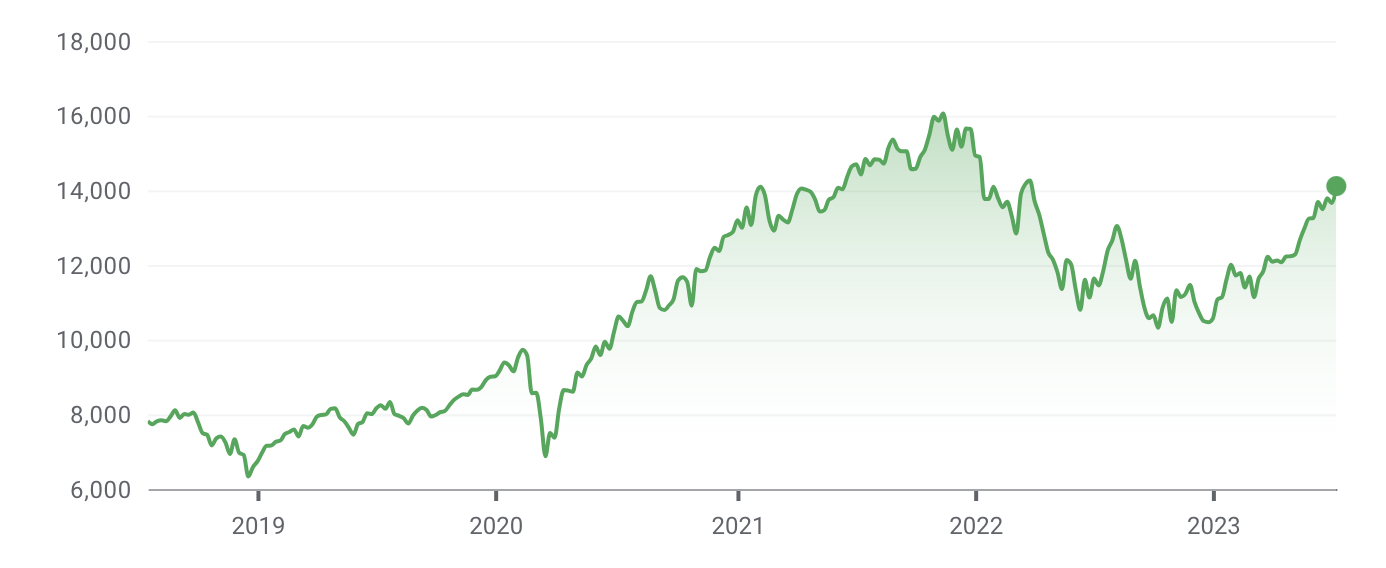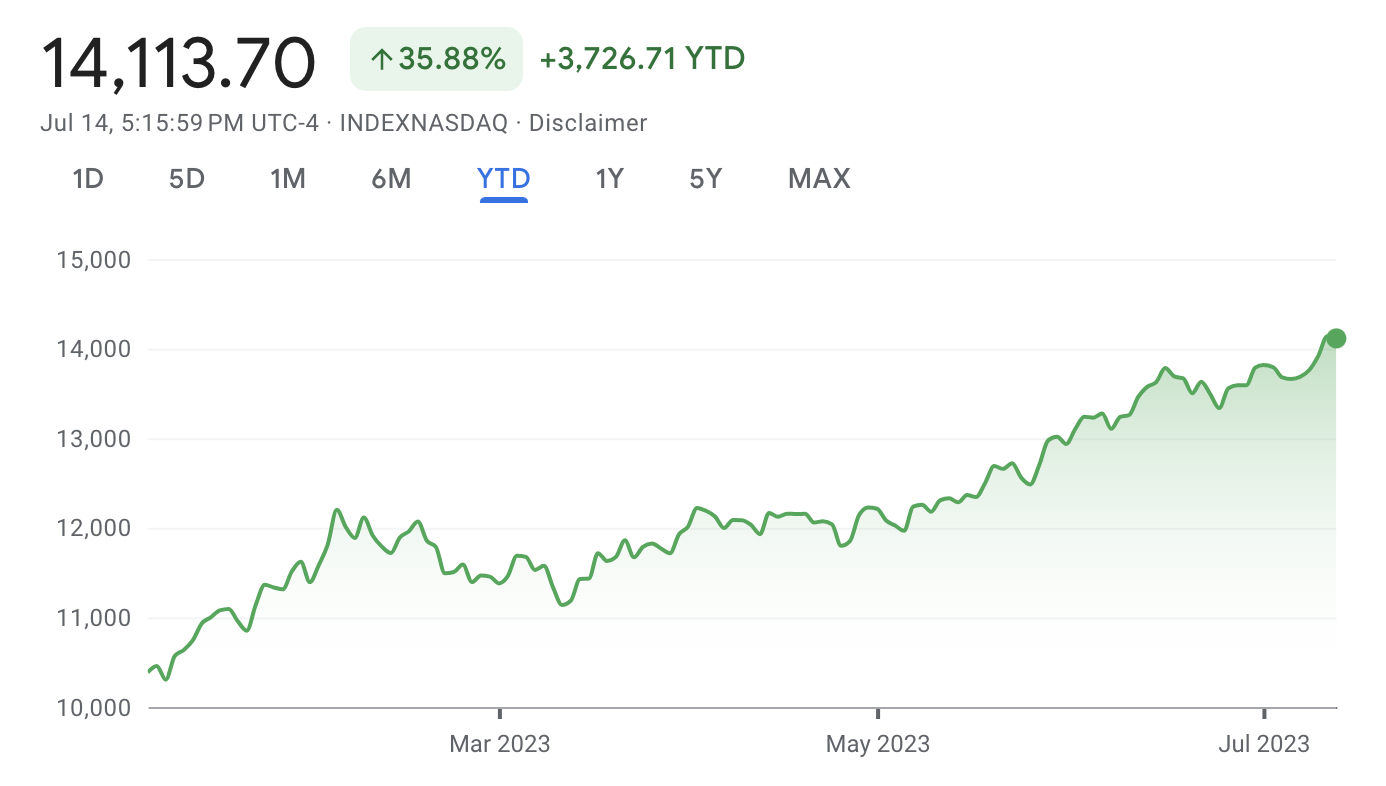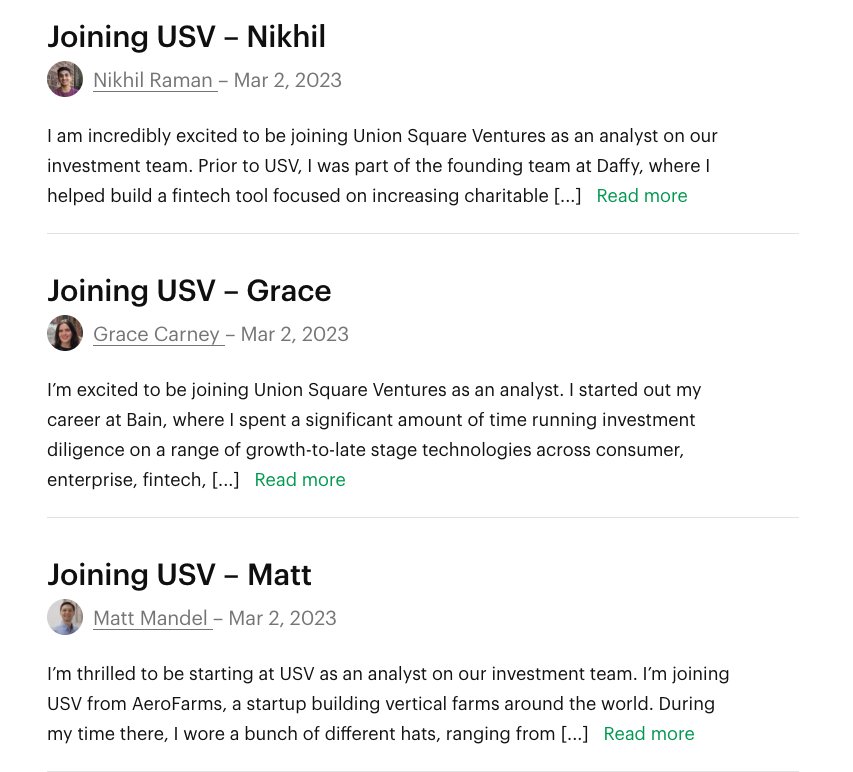As we enter 2024, the capital markets have found their footing and are moving higher. The Fed has taken interest rates as far as they want at this time and inflation has come down. It seems that a “soft landing” is likely. That is good news for the innovation economy because healthy capital markets are a necessary support system.
However, optimistic capital markets are necessary but not sufficient for a healthy innovation economy. We also need innovation. The good news is we have a lot of that and more is coming in 2024. I have never seen an environment with more innovation in the forty years I have been in the tech sector. It is breathtaking to see.
Let’s start with Artificial intelligence (AI) which was the big event in 2023. The AI “stack” has emerged with Large Language Models and other important models (like audio, imagery, video, etc) operating in the cloud with well-documented and supported APIs that are available to developers to build on. And possibly even more important is the emergence of very good open-source AI models that in many cases can outperform the closed-source models. With the AI stack well developed and supported, we are moving into the application era of AI, much like the browser brought us the application era of the web and the iPhone brought us the application era of the mobile device. This is a big deal. While in 2023, everyone was rightly focused on the large language models like OpenAI, Anthropic, Gemini, Llama, etc, we will see new AI-first applications emerge in 2024 that will start to move the focus and the conversation up the stack. And we will see legacy applications embrace AI to make their products better and to remain competitive with the AI-first disrupters.
But like web3 before it and the internet before that, this new technology will bring litigation and regulatory scrutiny that will raise, and ultimately resolve many important issues. Let’s start with litigation. Should I, as the author of over 9,000 blog posts that have been used to train these large language models, be entitled to some of the revenue they will make? OpenAI generated over $1.5bn in revenue in 2023. Should I get some of that? And do I need to join The New York Times and other publishers in suing to get some of it? That is just one of many issues that these AI models have raised and they will need to be resolved. I believe it will take years of litigation and regulation before we understand what the appropriate business model and norms are for the AI economy. But fortunately, like web3 and the Internet before it, the tech sector will not wait for those issues to be resolved. Trillions of dollars are being invested in the AI sector and that will continue for as far as this eye can see. Innovation never waits for rules and regulations. But it eventually gets them.
That’s a good segue to web3, which has seen a full frontal attack from regulators and lawmakers in the US and elsewhere. 2023 was the year that web3 held its ground and 2024 will be the year that regulators and lawmakers come to terms with web3. We will finally start to see regulatory clarity emerge in the US like has happened in the EU and elsewhere.
But as important as regulatory clarity is to web3, it pales in importance with the need for a “ChatGPT moment” for blockchain-based technologies. AI developed for over forty years before its coming out party. I think it will take web3 less than half that time. Satoshi gave us the playbook to build a decentralized internet stack back in 2008 and I feel quite confident that we will have massive mainstream applications running on this decentralized stack well before 2028. I think we will see mainstream decentralized applications emerge in 2024 as we now have inexpensive and fast transactions and simpler user interfaces. Vitalik wrote a nice piece about this a few days ago.
AI and Web3 are two sides of the same coin. AI will help make web3 usable for mainstream applications and web3 will help us trust AI. Together they will lead to a more powerful, more resilient, more trusted, and more equitable Internet.
But none of that will matter if we don’t accelerate our focus on our warming planet. Earth continues to warm at a faster rate than has been predicted, causing increasing pain and suffering across the globe. It is hard for humans to react to something that is thirty years out. It is a lot easier for humans to react to something that is happening to them right now. So this pain and suffering will force an acceleration of the energy transition from carbon to clean energy.
The energy transition is being powered by innovation in energy generation (renewables, nuclear, etc), energy storage (batteries, storage networks, etc), and smarter energy distribution. In the process of rebuilding the infrastructure and systems by which we power this planet, we are also modernizing the energy stack and making it decentralized, modular, and programmable. If you think you’ve seen this movie before, you have. And the good news is that there could even be a happy ending if we move fast enough to make this transition happen in the next twenty years.
The new energy stack has been coming together for the last decade but slowly and very much under the radar. I believe that 2024 will be a coming out party for the new energy stack and I am excited to be investing in this area and helping to make it happen.
So if we have healthier capital markets and more innovation than ever, what is up with the venture capital ecosystem? Well, that’s not such a happy story. Limited Partners, the folks that provide the capital to the venture capital funds, have taken a beating over the last few years and are cautious right now. In addition, we are seeing many large firms scale back or even shut down. And new firms are struggling to raise funds. This is a rationalization of a sector that got very big very fast in the last decade and will need time to find a new normal. Because venture funds have a ten-year life but often take much longer to fully liquidate, the venture capital business changes more slowly than the businesses it funds. I think we are a couple years into a transition that will take at least the first half of this decade to play out.
So while the capital markets will likely be robust in 2024, I do not expect that venture capital investing and venture capital fund formation to grow that much year over year in 2024. I think both will grow but not nearly as fast as the sectors that surround VC.
To sum it all up, we are in a golden era of innovation with AI and Web3 leading to a new more intelligent, resilient and decentralized Internet and the emergence of a new energy stack which will power our lives new ways that will not continue to warm our planet. There are opportunities every which way I look to back founders and founding teams building these new technologies. I think 2024 is going to be a terrific year for tech.


